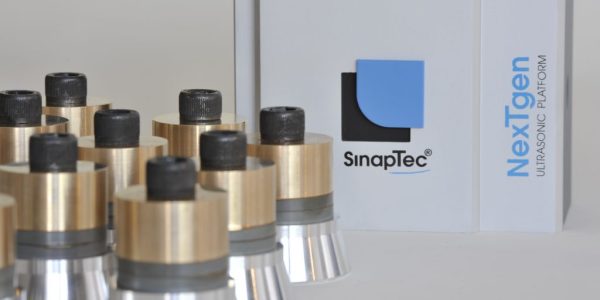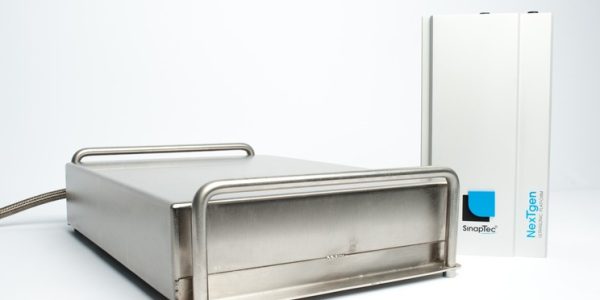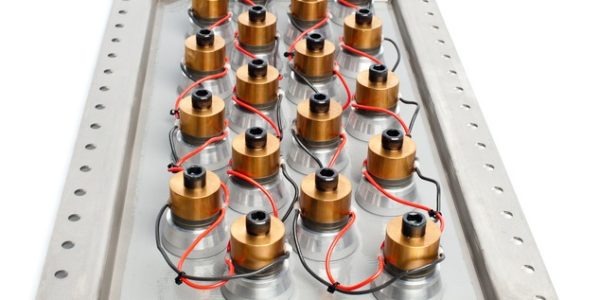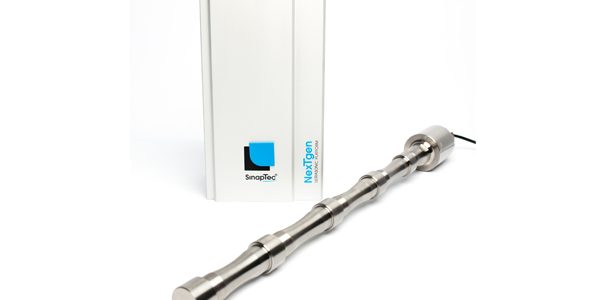As industrial standards for cleanliness rise, ultrasonic cleaning becomes increasingly vital. This method works by generating high-frequency sound waves that create cavitation bubbles in a liquid. When these bubbles collapse, they release significant energy, dislodging impurities at a microscopic level, achieving deep cleaning that traditional methods often can’t.
Applications Across Various Sectors
Ultrasonic cleaning is used in a variety of sectors, from the manufacturing to the nuclear industry and sterilizing medical instruments. SinapTec stands out with its patented technology offering adaptability, performance, and traceability to meet your needs.
Understanding Transducers
Transducers represent the core of an ultrasonic cleaning system, converting electrical energy into mechanical vibrations. The choice of transducer depends on several factors, including their design, location, tank size, cleaning task complexity, and the specific needs of the end user. Understanding these factors is crucial for optimising cleaning efficiency and ensuring the longevity of the cleaning system.
Types of Ultrasonic Cleaning Transducers

Attached Transducers
Typically used for small tanks, they can be easily fixed on the tank’s walls, facing the areas to be cleaned.
Submersible Transducers
Best suited for medium to large tanks, these transducers can be easily installed in a tank, facilitating maintenance.


Plate Type Transducers
Mounted on the side walls of the tank, they do not occupy internal space and require intimate integration of the ultrasonic solution during tank fabrication.
Ultrasonic Cleaning Rods
They produce a 360° ultrasonic action around the probe and are ideal for cleaning hollow objects or use in rotary tanks. Made of titanium, they can withstand pressure cleaning.

Factors Affecting Transducer Efficiency
Frequency and power are critical parameters in ultrasonic cleaning:
Frequency
The lowest frequencies, between 20 and 30 kHz, create relatively powerful cavitation bubbles about 150 µm in size. This frequency range is most commonly used for industrial applications.
As the ultrasonic frequency increases, the size of the bubbles decreases, and the energy of the micro-jets is lower, resulting in less noise. Cleaning systems operating at 40 kHz or higher are typically used for fine cleaning of delicate parts.
Power
Power is related to the number and type of transducers used. Larger ultrasonic tanks and parts require more power, typically between 5 and 20W/L, depending on the application and tank size.
The arrangement of parts in the basket and the orientation of transducers must ensure that the ultrasonic field is not blocked by foreground parts, affecting those behind. For cleaning small bulk parts, avoid overcrowding or use a rotating basket to mix the pieces for more effective cleaning.
Mastery and Control of Ultrasound for Cleaning
To ensure the quality of ultrasonic cleaning, perfect control of power and frequency is essential.
SinapTec designs generators capable of regulating and monitoring these parameters in real-time while ensuring complete traceability of the ultrasonic process. These generators which are based on digital technology, enhance the user experience and understanding of ultrasounds. They allow for cleaning automation and facilitate maintenance with quick diagnostic tools.
Parameters influencing the effectiveness of ultrasonic cleaning baths
- The power and distribution of the ultrasonic field relative to the parts,
- The frequency of the ultrasonic transducers,
- The bath temperature (typically between 40 and 60°C),
- The type of detergent to enhance the cleaning effect,
- And the cleaning duration, which can vary from a few seconds for degreasing to several hours, are all crucial factors in the ultrasonic cleaning process.
Make the right choice and optimize your ultrasonic cleaning process. Let’s take a closer look at the nuances of ultrasonic cleaning and explore its potential together.

